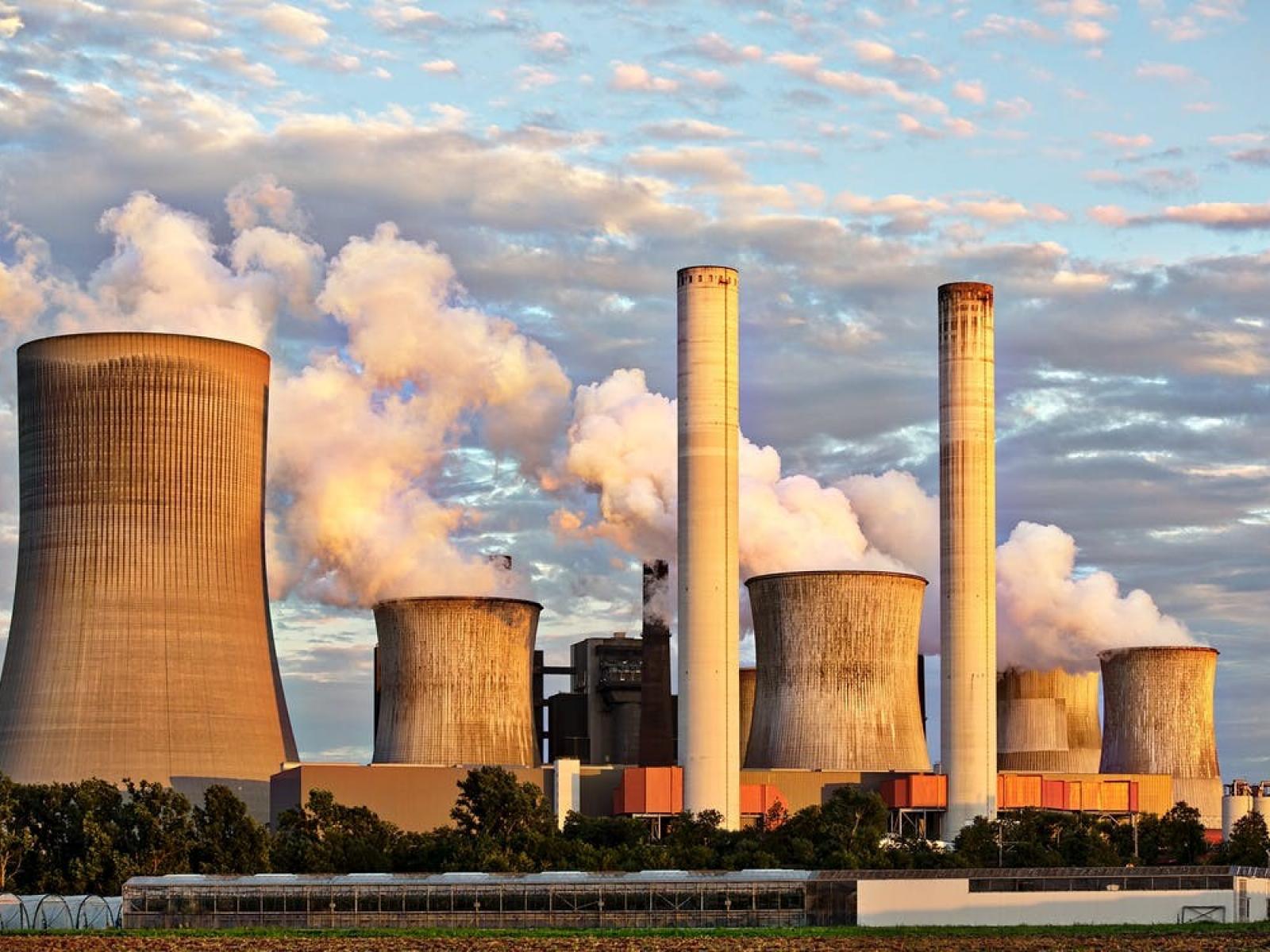Catalytic Coproduction of Methanol and Glycols from Captured CO₂
New approach uses CO2 to co-produce methanol and glycols in a simple one-pot reaction

Image by Pixabay | Pexels.com
The Science
Capturing carbon dioxide (CO2) and converting it into useful chemicals is an exciting strategy for reducing emissions and moving toward a carbon-neutral future. However, current processes are limited by the incompatibility of capture agents and the catalysts needed for effective conversion. Designing new systems that utilize CO2 in its captured form requires careful consideration of the various interactions between capture agents and the other chemicals used in the conversion reactions. This work combines two processes, generating methanol from CO2 and glycols from epoxides, into a single efficient, straightforward, and thermodynamically favorable reaction.
The Impact
The results of this study open new pathways into reactions of CO2 using existing catalysts and capture agents without adding complexity to the process. The entire reaction takes place in a single vessel, making it simple to operate. This is key for future progress toward designing systems for use in industrial settings. Finally, the process is fully atom-efficient and generates minimal chemical waste.
Summary
Developing an effective system for CO2 conversion involved merging existing systems and new discoveries. The researchers first determined that a high boiling polyamine, suitable for use at high temperatures, could both capture and activate CO2 without reacting with any other components of the system. The researchers then explored several ruthenium-based catalysts known to promote hydrogenation, the next step in the desired reaction sequence. When the reactions contained catalysts, both methanol and glycols were generated. After optimization, the most complete conversions were reached if the epoxide, CO2, and amine could react prior to H2 addition and product generation. While this type of two-step procedure would generally require disassembling the reaction vessel to add the catalyst for the second step, this work showed no detrimental effects of adding the catalyst at the beginning. This breakthrough allows for a streamlined reaction process that can be run efficiently in a single reaction vessel.
PNNL Contact
David J. Heldebrant, Pacific Northwest National Laboratory, David.Heldebrant@pnnl.gov
Funding
This research was funded by the United States Department of Energy's (DOE's) Office of Science Basic Energy Sciences Early Career Research program FWP 67038 in the Chemical Sciences, Geosciences, and Biosciences (CSGB) Division. The HT/HP solid-state NMR experiments were preformed at the Environmental and Molecular Sciences Laboratory (proposal ID: 51185), a DOE Office of Science user facility sponsored by the Office of Biological and Environmental Research.